Historian Richard Broome calls for huge public transport investment after a century of stalling
As Melbourne’s population soars, the sprawling metropolis must return to its 19th century vision of being a public transport city with little progress to stem the flow of cars in the past 100 years, a top historian warns.
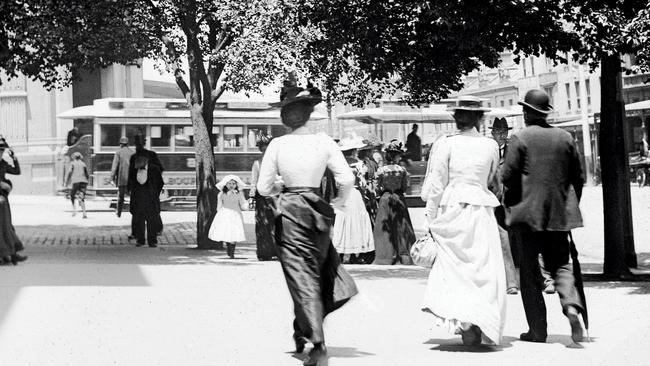
VIC News
Don't miss out on the headlines from VIC News. Followed categories will be added to My News.
Melbourne needs to return to the 19th century vision of being a public transport city to cope with its massive growth, says a top historian.
Royal Historical Society of Victoria president Prof Richard Broome said that Melbourne had become an effective suburban city in the late 1800s with the expanding train and tram network.
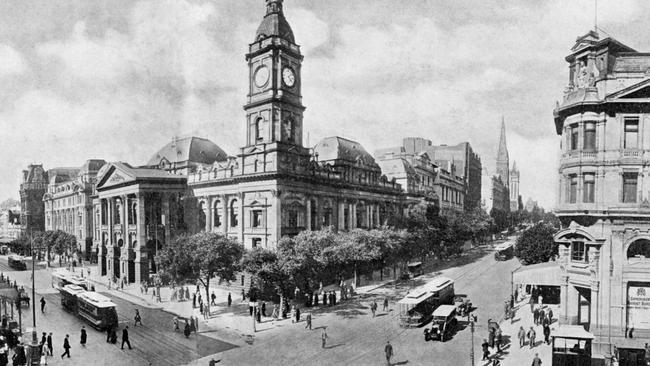
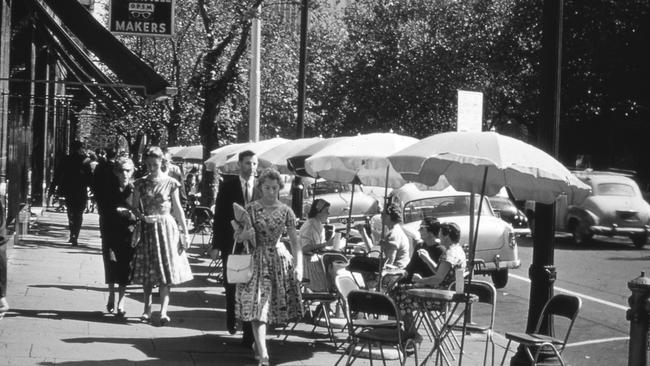

But Prof Broome said that population growth coupled with practically no expansion of the transport network over the last century meant it had become overly car-dependent.
“We’re going to have to go back to that original vision, pre-car, of Melbourne being a city of public transport that might be able to connect those satellite towns into Melbourne as the suburbs were connected by trams and rail,” he said.

“There will need to be better and faster services out to satellite towns beyond the proposed Suburban Rail Loop into places like Ballarat, Kyneton, Bendigo and Geelong”.
Prof Broome is a lead author and editor of the historical society’s new book Melbourne’s Twenty Decades.
The book offers a visual journey of the city’s development since its founding in 1835.
Prof Broome said the book tried to show how the story of Melbourne unfolded from being a sleepy village in the 1830s and 1840s.
“It was a city born modern because it was connected to global trade through wool, and later through gold mining, with people coming from places like California,” he said.
The book features early sketches and photos of Melbourne, such as an 1856 shot of men working a punt across the Yarra River on the site of current day Punt Rd.
Other pictures include women factory workers in Collingwood from 1922, children playing on a Brunswick street during the 1930s Great Depression, and construction of Swanston St’s iconic Manchester Unity building.
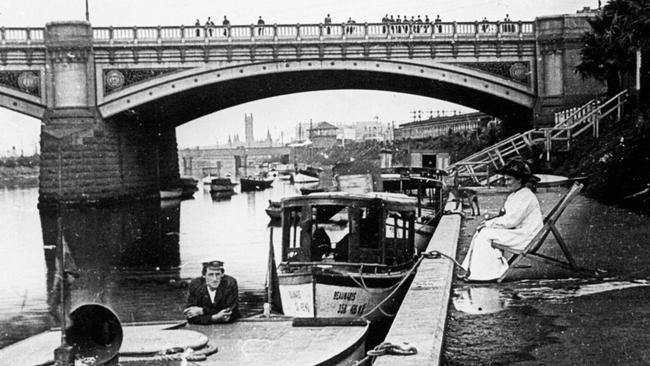

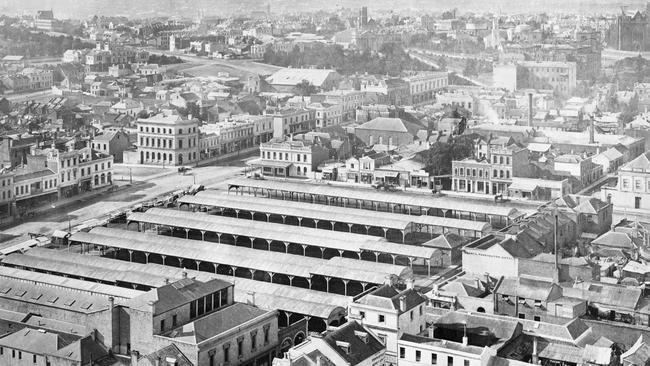
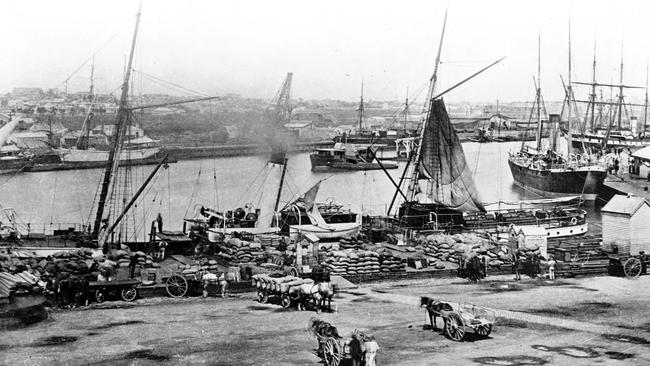
He said that Melbourne’s prized liveability owed a lot to city planners in the 19th century, who created the bridges, drainage and sewerage systems that we still rely on.
“We need more infrastructure in the future, more forward thinking, and some real expenditure like they did in the 19th century where people borrowed a hell of a lot of money to put in the infrastructure that was needed,” he said.
MORE NEWS
VICTORIAN HOSPITALS TO BE FREED UP FOR CORONAVIRUS
DOUBTS OVER GRAND PRIX AS FERRARI RACES TO KEEP TEAM SAFE
Melbourne’s Twenty Decades is available at historyvictoria.org.au/bookshop/
